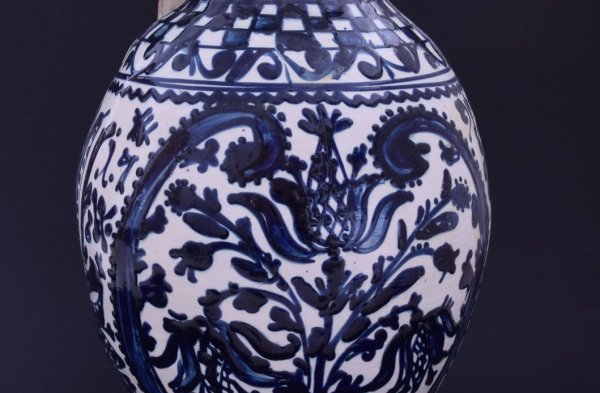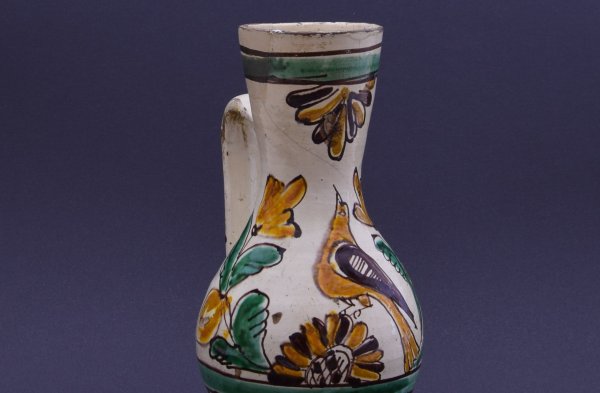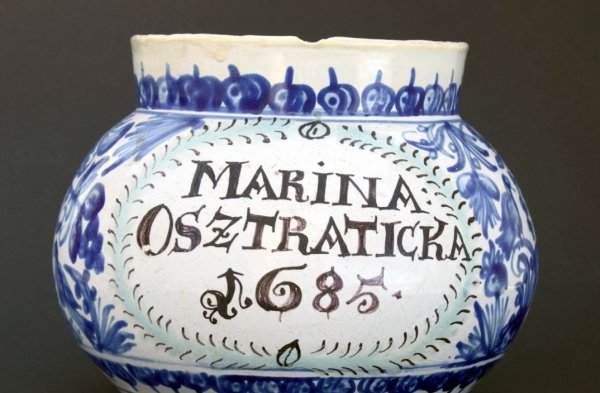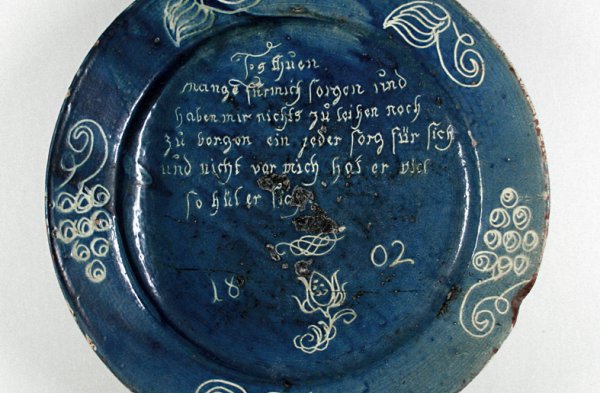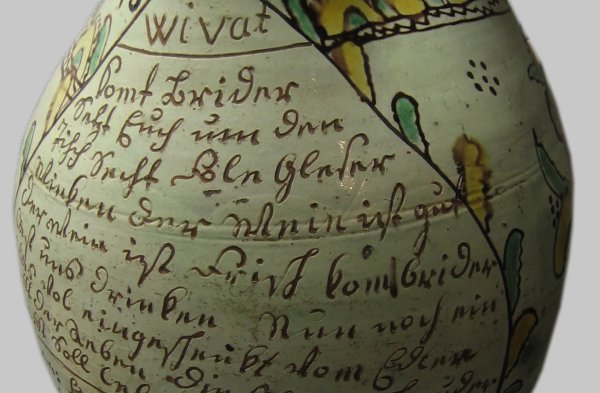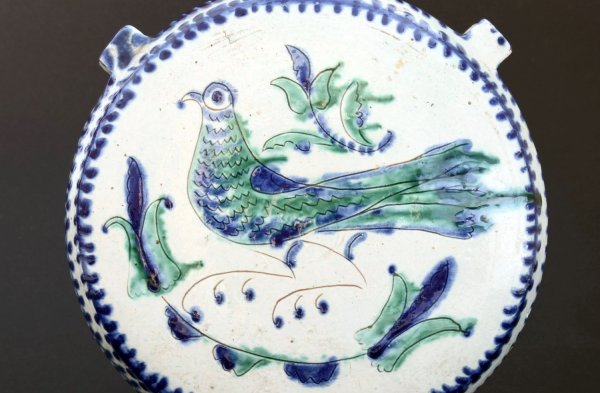General Information
The following information provides a simple overview of what happens to your personal data when you visit our website. Personal data refers to all data that can personally identify you. Detailed information on data protection can be found in our privacy policy listed below this text.
Data Collection on Our Website
Who is responsible for data collection on this website?
Data processing on this website is carried out by the website operator. You can find their contact details in the website’s imprint.
How do we collect your data?
Your data is collected when you provide it to us. This can include data entered into a contact form, for example.
Other data is automatically collected by our IT systems when you visit the website. This mainly comprises technical data (such as internet browser, operating system, or time of page access). This data is collected automatically as soon as you enter our website.
What do we use your data for?
Some of the data is collected to ensure the proper functioning of the website. Other data may be used to analyze your user behavior.
What rights do you have regarding your data?
You have the right to receive information about the origin, recipients, and purpose of your stored personal data free of charge at any time. You also have the right to request the correction, blocking, or deletion of this data. For this purpose, as well as for further questions regarding data protection, you can contact us at any time using the address provided in the imprint. Furthermore, you have the right to lodge a complaint with the relevant supervisory authority.
Analysis Tools and Third-Party Tools
When you visit our website, your browsing behavior may be statistically evaluated. This is mainly done using cookies and so-called analytics programs. The analysis of your browsing behavior is generally anonymous; your browsing behavior cannot be traced back to you. You can object to this analysis or prevent it by not using certain tools. Detailed information on this can be found in the following privacy policy.
You can object to this analysis. We will inform you about your options to object in this privacy policy.
Data Protection
The operators of these pages take the protection of your personal data very seriously. We treat your personal data confidentially and in accordance with the applicable data protection regulations and this privacy policy.
Please note that data transmission over the internet (e.g. when communicating via email) may have security vulnerabilities. Complete protection of data from access by third parties is not possible.
Responsible Entity Notice
The responsible entity for data processing on this website is:
Siebenbürgisches Museum
Administration
Schloßstraße 28
74831 Gundelsheim a. N.
ADDRESS:
Siebenbürgisches Museum
Schloss Horneck 1
74831 Gundelsheim a. N.
Administration Phone (Mon – Fri): +49 (0)6269 – 42 23 0
Museum Ticket Desk Phone (Tue – Sun, 11 am – 5 pm): +49 (0)6269 – 9 06 21
Email: info@siebenbuergisches-museum.de
The responsible entity is the natural or legal person who, alone or jointly with others, determines the purposes and means of processing personal data (e.g. names, email addresses, etc.).
Revocation of Your Consent to Data Processing
Many data processing operations are only possible with your explicit consent. You can revoke a previously given consent at any time. To do so, simply send us an informal email. The legality of data processing carried out before revocation remains unaffected by the revocation.
Right to Lodge a Complaint with the Competent Supervisory Authority
In the event of data protection breaches, the data subject has the right to lodge a complaint with the competent supervisory authority. The competent supervisory authority for data protection issues is the State Data Protection Officer of the federal state in which our company is located. A list of data protection officers and their contact details can be found at the following link: https://www.bfdi.bund.de/DE/Infothek/Anschriften_Links/anschriften_links-node.html.
Right to Data Portability
You have the right to have data that we process automatically on the basis of your consent or in fulfillment of a contract handed over to you or a third party in a common, machine-readable format. If you require the direct transfer of data to another responsible party, this will only be done to the extent technically feasible.
Information, Blocking, Deletion
Within the scope of the applicable legal provisions, you have the right to obtain free information about your stored personal data, its origin and recipients, and the purpose of data processing, as well as a right to correct, block or delete this data. For this purpose and for further questions regarding personal data, you can contact us at any time using the address provided in the imprint.
Objection to Promotional Emails
The use of contact data published in the context of the imprint obligation for sending unsolicited advertising and information materials is hereby rejected. The operators of the pages expressly reserve the right to take legal action in the event of unsolicited sending of advertising information, for example through spam emails.
Cookies
The website uses so-called cookies in part. Cookies do not harm your computer and do not contain viruses. They serve to make our offer more user-friendly, effective, and secure. Cookies are small text files that are stored on your computer and saved by your browser.
Most of the cookies we use are so-called “session cookies”. They are automatically deleted after the end of your visit. Other cookies remain stored on your end device until you delete them. These cookies enable us to recognize your browser the next time you visit.
You can configure your browser to inform you about the setting of cookies and to allow cookies only on a case-by-case basis, to exclude the acceptance of cookies for certain cases or in general, and to activate the automatic deletion of cookies when closing the browser. Disabling cookies may limit the functionality of this website.
Cookies that are required to carry out the electronic communication process or to provide certain functions that you desire (e.g. shopping cart function) are stored based on Art. 6 Para. 1 lit. f GDPR. The website operator has a legitimate interest in storing cookies for the technically error-free and optimized provision of its services. If other cookies (e.g. cookies for analyzing your browsing behavior) are stored, they will be treated separately in this privacy policy.
Contact Form
If you send us inquiries via the contact form, your information from the inquiry form, including the contact details you provided there, will be stored by us for the purpose of processing the inquiry and in case of follow-up questions. We will not share this data without your consent.
The processing of the data entered into the contact form is based solely on your consent (Art. 6 Para. 1 lit. a GDPR). You can revoke this consent at any time. An informal email to us is sufficient for this purpose. The legality of data processing operations carried out before revocation remains unaffected by the revocation.
The data you enter in the contact form will remain with us until you request deletion, revoke your consent to storage, or the purpose for data storage no longer applies (e.g. after your request has been processed). Mandatory legal provisions – especially retention periods – remain unaffected.
Processing of Data (Customer and Contract Data)
We collect, process, and use personal data only to the extent necessary for the establishment, content design, or change of the legal relationship (inventory data). This is done on the basis of Art. 6 Para. 1 lit. b GDPR, which allows the processing of data for the fulfillment of a contract or pre-contractual measures. We collect, process, and use personal data about the use of our website (usage data) only to the extent necessary to enable the user to use the service or to bill the user.
The customer data collected will be deleted after the order is completed or the business relationship has ended. Legal retention periods remain unaffected.
myfonts.com
This site uses web fonts provided by Monotype GmbH (“myfonts.com”) to ensure a consistent font display. When you visit a page, your browser loads the required web fonts into your browser cache to display texts and fonts correctly.
Monotype GmbH
Werner-Reimers-Straße 2-4
61352 Bad Homburg
For this purpose, your browser must establish a connection to Monotype GmbH’s servers. This way, Monotype GmbH becomes aware that our website was accessed via your IP address. The use of fonts.com is in the interest of a consistent and appealing presentation of our online offers. This constitutes a legitimate interest within the meaning of Art. 6 Para. 1 lit. f GDPR.
If your browser does not support web fonts, a default font will be used by your computer.
For more information about Monotype GmbH and myfonts.com, please refer to https://www.monotype.com/legal/privacy-policy.
Server Log Files
The provider of the pages automatically collects and stores information in server log files that your browser automatically transmits to us. These are:
- Browser type and browser version
- Operating system used
- Referrer URL
- Hostname of the accessing computer
- Time of the server request
- IP address
These data will not be combined with data from other sources.
The basis for data processing is Art. 6 Para. 1 lit. b GDPR, which permits the processing of data for the performance of a contract or pre-contractual measures.
Matomo (formerly Piwik)
This website uses the open source web analysis service Matomo. Matomo uses so-called “cookies”. These are text files that are stored on your computer and enable an analysis of your use of the website. The information generated by the cookie about your use of this website is stored on our server. The IP address is anonymized before it is stored.
Matomo cookies remain on your device until you delete them.
The storage of Matomo cookies is based on Art. 6 Para. 1 lit. f GDPR. The website operator has a legitimate interest in the anonymized analysis of user behavior in order to optimize both its web offering and its advertising.
The information generated by the cookie about the use of this website will not be disclosed to third parties. You can prevent the storage of cookies by adjusting your browser software accordingly; however, we would like to point out that in this case you may not be able to use all the functions of this website to their full extent.
If you do not agree to the storage and use of your data, you can deactivate the storage and use here. In this case, an opt-out cookie will be stored in your browser to prevent Matomo from storing usage data. If you delete your cookies, this will also result in the deletion of the Matomo opt-out cookie. The opt-out must be reactivated when you visit our site again.
SSL/TLS Encryption
For security reasons and to protect the transmission of confidential content, such as orders or inquiries that you send to us as the site operator, this site uses SSL or TLS encryption. You can recognize an encrypted connection by the fact that the address line of the browser changes from “http://” to “https://” and by the lock symbol in your browser line.
If SSL or TLS encryption is activated, the data you transmit to us cannot be read by third parties.
